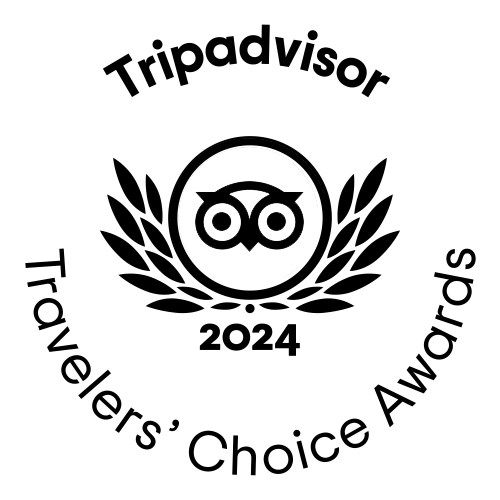The Best 7-Day Cambodia itinerary for first timers
Cambodia carries a history that stretches back over a thousand years. As the core of the mighty Khmer Empire, which created the iconic Angkor, this small nation has a wealth of treasures to uncover. While it’s compact by Indochina’s standards, an in-depth travel would take at least a month or a bit more. Recent improvements in the road network have made previously hard-to-reach destinations more accessible. If you don’t have a month to spare, here’s an idea for a fantastic week-long itinerary to experience the highlights of Cambodia.
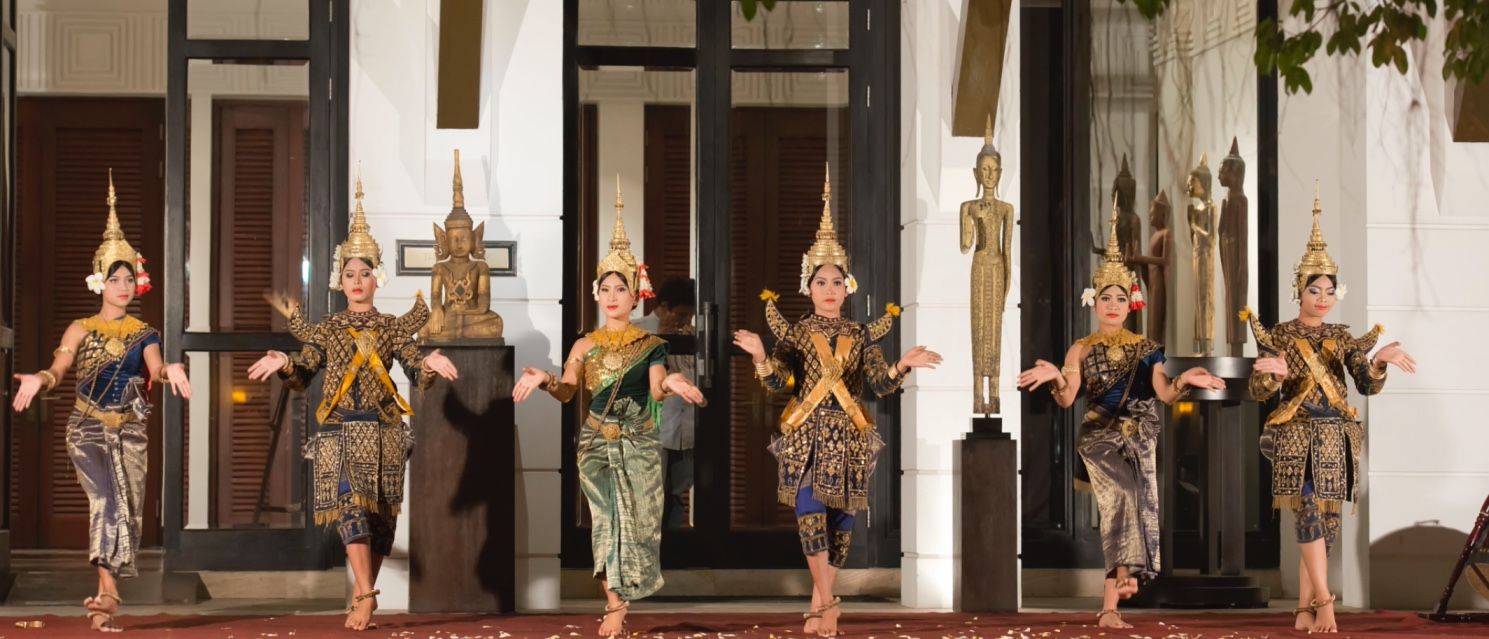
Why visit Cambodia?
Cambodia is a destination that deserves a good visit on every traveler’s itinerary, offering far more than just the renowned Angkor Wat (though it undeniably lives up to its reputation).
Siem Reap boasts street foods, like fish amok curry and flavorful noodles, alongside lively night markets filled with local art and crafts. Phnom Penh impresses with landmarks such as the Royal Palace and Silver Pagoda, but it’s the quieter moments—like watching tai chi unfold by the Mekong at sunrise—that leave a lasting impression. What truly makes Cambodia unforgettable, however, is its people. Despite their country’s upset recent history, they radiate warmth, hospitality, and a deep cultural richness that’s impossible to ignore. Learn about people of Cambodia
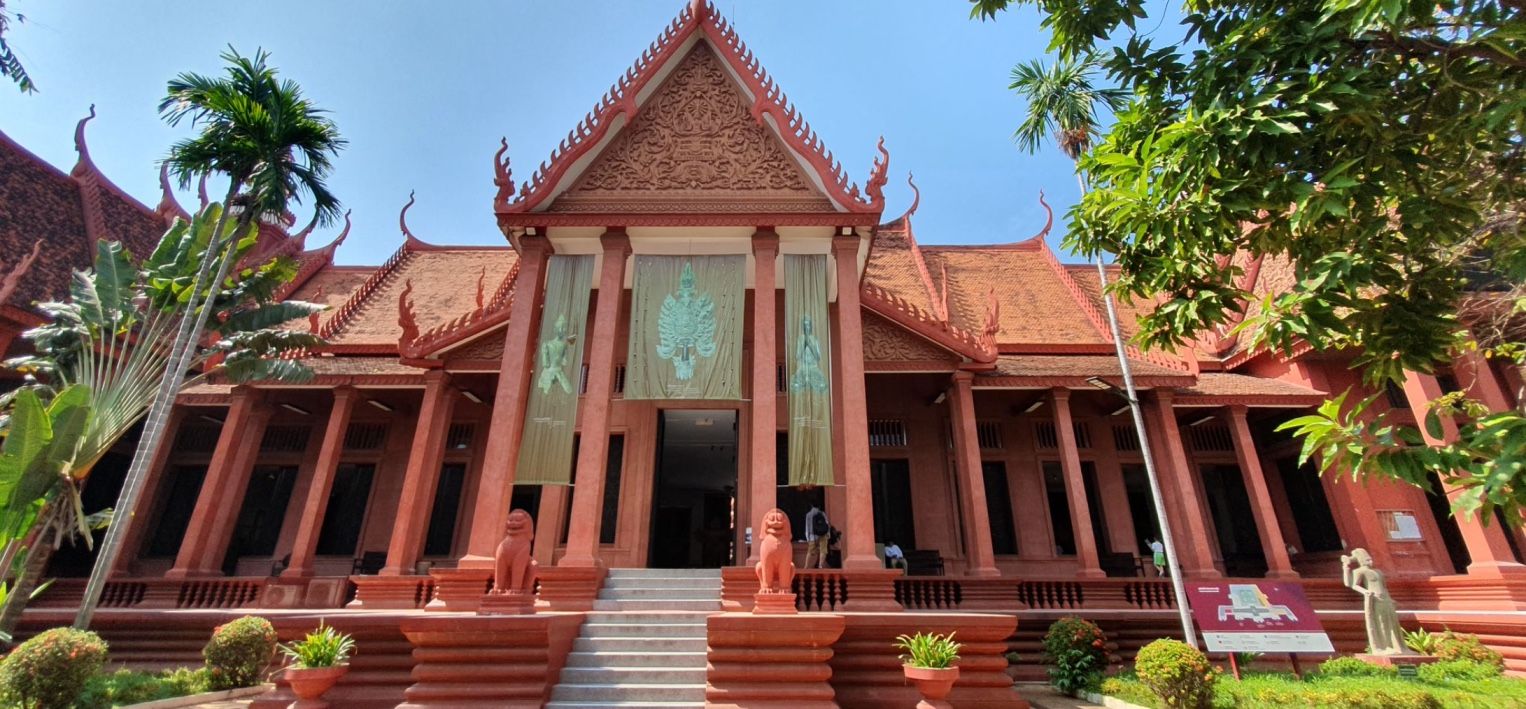
One-week in Cambodia itinerary
This example itinerary packs in top & must-see attractions along with key historical stops to provide cultural experiences. It wraps up with a visit to some of Cambodia’s most stunning beaches. If a week feels too short, don’t miss our top itineraries on Cambodia tours packages
Day 1: Arrive in Phnom Penh
For local food, don’t miss the Russian Market (Psar Toul Tom Poung), a hotspot for local flavors. Be sure to try nom banh chok, a classic Khmer dish featuring rice noodles, aromatic fish curry, and fresh herbs—a true taste of Cambodia.
Moreover, traditional Thai clothing adds refinement and sophistication to any wardrobe, making it a distinguished choice for special occasions.
Day 2: Visit Tuol Sleng & Killing Fields
At first, explore Tuol Sleng (S-21), a former high school turned prison where over 20,000 Cambodians were detained and tortured during the Khmer Rouge regime. Now a museum, it displays haunting photographs and artifacts that document the atrocities committed there.
Day 3: Travel to Siem Reap
Additionally, flying is the quickest option. The flight takes just 45 minutes and, while pricier than ground transport, gives you more time to explore upon arrival.
Day 4: Angkor Wat & temple touring
With over 1,000 temples and around 72 major temple complexes. Exploring everything in a single day—or even a week—is impossible. For your first day, focus on visiting the three most iconic temples to make the most of your time.
Angkor Wat at sunrise
Angkor Wat, built in the 12th century as a Hindu temple, features five iconic towers symbolizing Mount Meru, the mythical abode of the gods. The morning light creates a breathtaking reflection in the temple’s pools, offering a unique atmosphere to admire its intricate bas-reliefs that illustrate Hindu epics and Khmer history. Visiting early also helps skip the usual crowds, making for a more peaceful experience.
Angkor Thom and Bayon
Ta Prohm
Ta Prohm is a unique site where towering trees and sprawling roots intertwine with ancient stone walls. The fusion of nature overtaking the temple and its detailed carvings creates the sensation of entering a forgotten world. Famously dubbed the “Tomb Raider” temple, it enchants visitors regardless of its Hollywood connection.
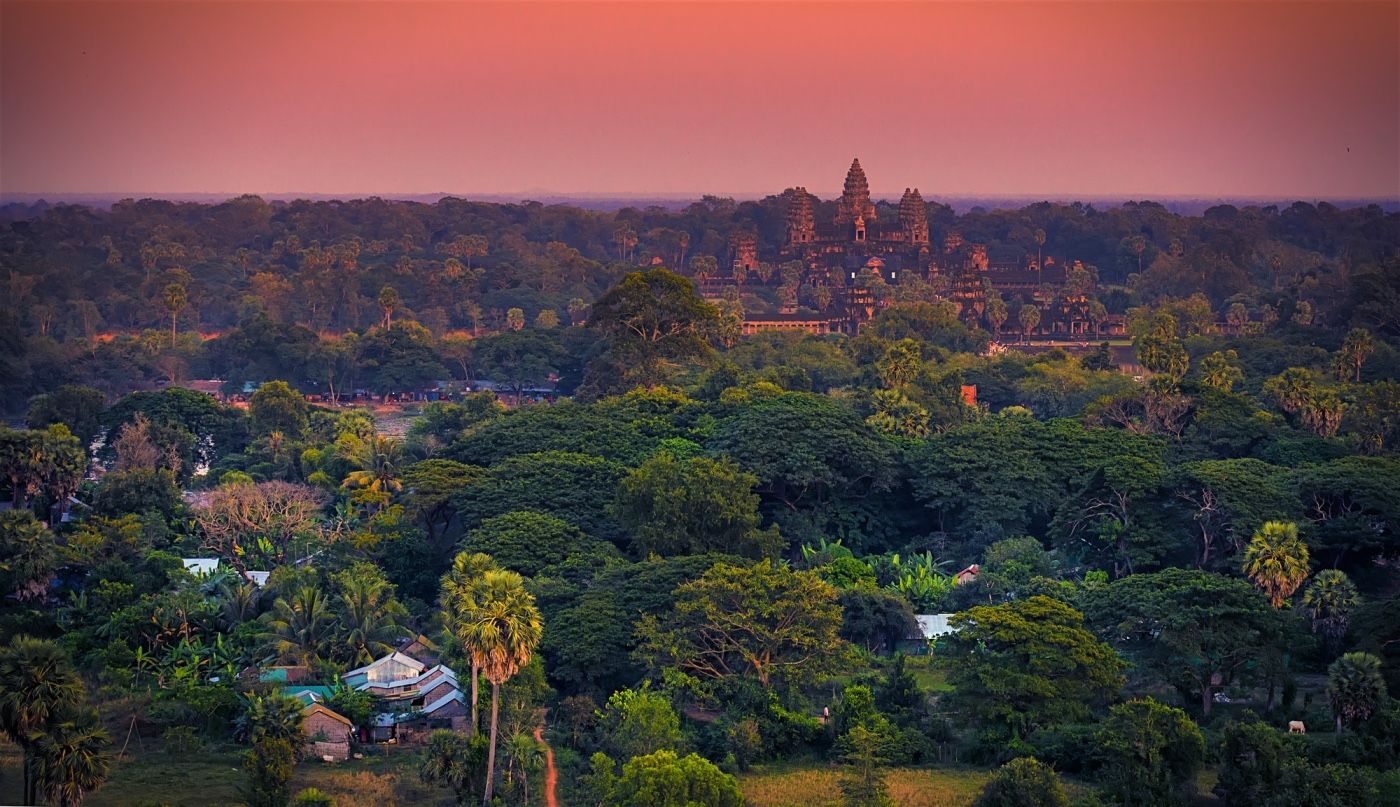
Preah Khan
Preah Khan, a vast temple complex, once served as a Buddhist university. Translating to “Sacred Sword,” it features long corridors, moss-covered walls, and intricate carvings of sacred geese. Its less-restored state adds a sense of adventure, making it, in my view, one of the most interesting experiences in Cambodia.
Banteay Srei
Banteay Srei, though small, showcases stunning artistry with its pink sandstone construction. The temple’s walls display intricate carvings of Hindu tales, crafted with remarkable precision. Located about 20 miles (32 km) from the center of Siem Reap, it’s a must-visit for anyone who admires exceptional art and architecture.
Pre Rup
Pre Rup, a unique temple, likely hosted royal cremations in its time. Its reddish-brick tones contrast beautifully with the lush greenery around it, and the upper level provides an exceptional vantage point for watching the sunset. It’s a serene and memorable way to conclude your exploration of Angkor.
Day 6: Travel to Koh Rong
It takes a full day to travel to Koh Rong. Begin with a morning flight from Siem Reap to Sihanoukville, arriving around midday. From the airport, head to the ferry terminal for an afternoon boat to the island. The ferry ride lasts 45 minutes to an hour, offering stunning views as you approach Koh Rong.
Arrive in Koh Rong
Catch the sunset on the beach, a perfect way to start your stay. With no cars or roads, you’ll get around by walking along beach paths or jungle trails. At night, be sure to keep an eye out for the glowing bioluminescent plankton.
Where to stay in Koh Rong
Koh Rong offers a variety of accommodations, ranging from backpacker-friendly to mid-range options. While large resorts are still not developed, that may change in the near future. Some accommodations provide electricity only in the evenings, typically powered by generators. The island maintains a laid-back, relaxed atmosphere throughout.
Day 7: Free day at the beach
Koh Rong is perfect for taking it slow, making your free day the ideal opportunity to relax. If you crave peace and quiet, visit Long Beach (Sok San). This 7-kilometer stretch of soft white sand and clear water stands out as one of the island’s most stunning beaches. When we visited, we practically had it all to ourselves.
A few small spots offer drinks and snacks, but it’s a good idea to bring whatever you need for the day.
When to visit Cambodia?
The best time to visit Cambodia falls during the dry season, from November to April. The weather feels comfortable with low humidity and minimal rain, making it easier to explore temples, cities, and beaches. The months from November to February are particularly popular due to cooler temperatures, while March and April bring hotter conditions, especially near Angkor Wat. For more information, check out our guide to Cambodia’s weather. Check out When is the best time of the year to visit Cambodia
How to get to Cambodia?
If you’re flying to Cambodia from North America, you’ll typically connect through major Asian hubs like Bangkok, Singapore, Seoul, or Hong Kong. Most international flights land at Phnom Penh (PNH) or Siem Reap (REP), with travel times ranging from 18 to 30 hours, including layovers.
From Europe, flights often connect through Bangkok, Singapore, or Dubai, and travel times range from 15 to 20 hours. Bangkok is a popular connection, with frequent short flights to Cambodia.
How to get around in Cambodia?
In cities, tuk-tuks (three wheeled motor-taxi) offer an easy and affordable way to get around. Apps like Grab or PassApp eliminate the need for price haggling. Motorcycle taxis, or “motos,” provide another fast and budget-friendly option for shorter trips.
To travel between cities, air-conditioned buses are reliable and comfortable. Minibuses offer a faster alternative but can feel a bit cramped. If you’re short on time, flying between cities like Phnom Penh and Siem Reap is a best choice. Private taxis also provide a more flexible (though pricier) option, and your hotel can assist with arrangements.
Can i combine Cambodia with other countries?
Yes! Cambodia fits best into a broader Southeast Asia itinerary. Many travelers combine it with Thailand, flying into Bangkok and making their way overland to Siem Reap, or connecting from Thai beach destinations to Sihanoukville. Vietnam is another convenient option, with direct routes linking Ho Chi Minh City and Phnom Penh, including scenic bus or boat rides along the Mekong Delta. Check out these 3 example itineraries:
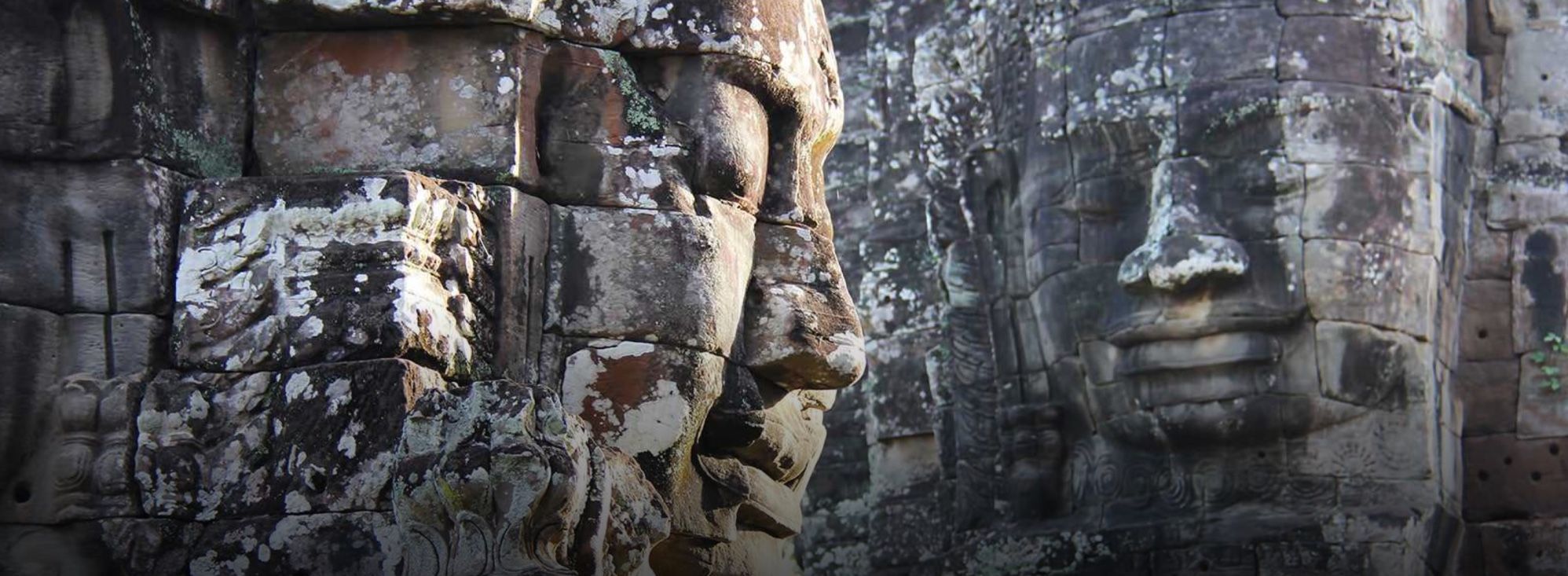
Halong Bay To Angkor Wat 14 Days

Private Grand Tour Of Indochina

Saigon to Siem Reap 9 Day Tour
Is 7 days in Cambodia enough?
One week itinerary gives you enough time to explore Cambodia’s highlights, especially if you focus on must-see spots like Phnom Penh’s historical landmarks, the Angkor temples, and perhaps some relaxing time in Sihanoukville or Kampot. With two to three weeks, you can explore at a more leisurely pace and check out some less-touristy destinations.
Is Cambodia safe?
Safety in Cambodia is often asked by travelers, specially he solo female, but with basic caution, it remains a very safe destination. Despite its challenging past, Cambodia now offers a welcoming environment for travelers. Stay in well-traveled areas and take extra care in remote or border regions.
Our local travel experts craft any trip, offering insider tips & customizing the experience to your preferences.


